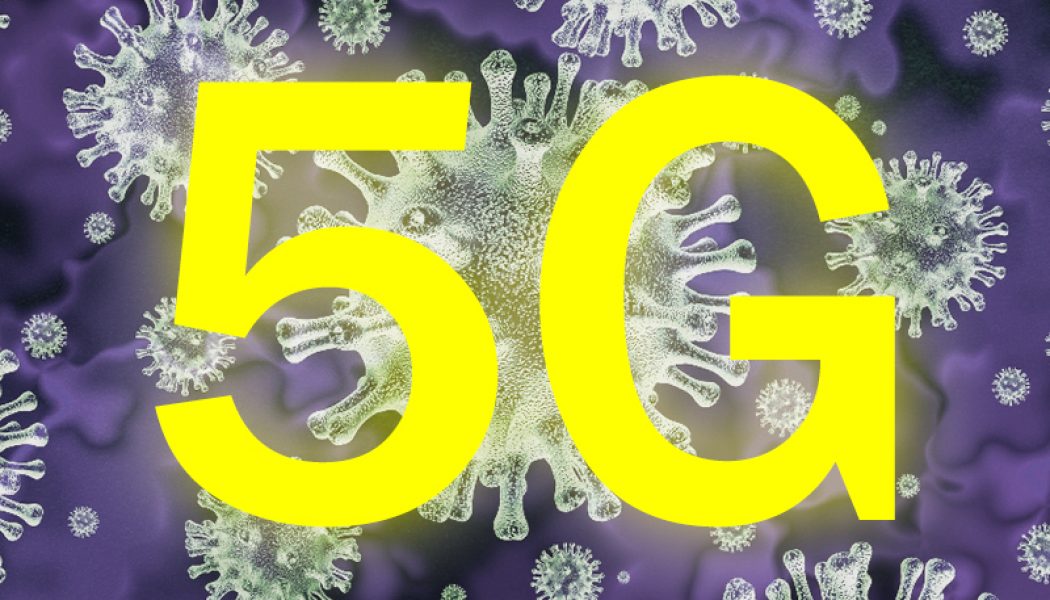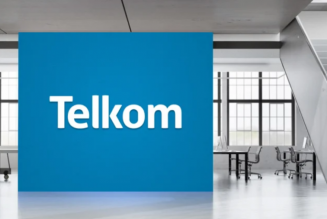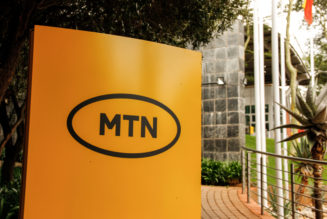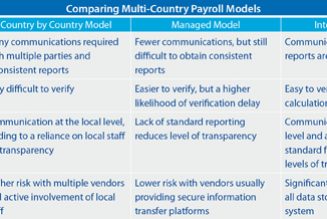The widespread lack of internet access for most South African households, coupled with the expectation for remote working and learning to be the new norm in post-lockdown society, is placing greater importance on next-generation 5G technology, which will play a critical role in the country’s socio-economic growth and recovery following the impact of lockdown regulations.
This was revealed by Willem Roos, the CEO of rain, during the most recent edition of the Business Lecture Series hosted by Stellenbosch Network in conjunction with Stellenbosch University’s LaunchLab.
The Business Lecture Series is the latest in a line of events curated by Stellenbosch Network to help educate local leaders and entrepreneurs from across society so that they can better adapt their operations, seek out new opportunities, and forge new relations amidst the COVID-19 pandemic.
These webinars form part of Stellenbosch Network’s broader efforts to stimulate knowledge-sharing, collaboration, and partnership between people, businesses and organisations in industry, government, society, and academia.
/* custom css */
.tdi_3_9ee.td-a-rec-img{ text-align: left; }.tdi_3_9ee.td-a-rec-img img{ margin: 0 auto 0 0; }
In his inaugural webinar for Stellenbosch Network, Roos, who is also a founder and former-CEO of OUTsurance, explained that 5G technology has the power to bring fast, secure, and affordable broadband to South African homes and at a much faster pace than contemporary wired networks – an imperative considering the prolonged uncertainty surrounding remote working and learning.
“The widespread introduction of 5G will mean faster mobile connection speeds with better reliability, reduced latency, and increased capacity. It will essentially equate to fibre in the sky and will add a lot of value to society by enabling massive mobile and machine communication. This will allow people to work and learn more productively from a remote location and help drive automation as well.”
While more South Africans were recorded to be using the Internet over the past few years, only a small percentage of people have reliable Internet access from home, where remote working and learning are predominantly taking place.
Instead, most Internet users do so via mobile networks with some 91% of South Africans having access to a smartphone in 2019. Despite this high figure, there are still major barriers to Internet access, most notably high data costs.
For Roos, the high price of connection is another challenge to be overcome by 5G. “We are anticipating a reduction in the costs associated with providing and accessing broadband with the implementation of 5G. For providers, roughly seven to ten network towers would be able to cover an area like Stellenbosch and provide it with fast internet. This means that the technology is highly economical, as it is more cost-effective to build and maintain. Likewise, it is also cheaper to route everyone from a single tower than to provide a physical fibre line into hundreds of homes. In most cases, the process of acquiring fibre is simply too expensive and complex. However, with 5G the last mile connection and cost is far lower. When we combine this with our expectation that household 5G routers will also become cheaper over time, this will ultimately result in very affordable broadband internet for consumers,” shared Roos.
With some ratings agencies forecasting that the economy will shrink by 4.5% in 2020, he said that it is crucial that 5G technology is developed timeously to help spur the country’s recovery. “Multiple economic studies have shown that there is a strong correlation between an increase in broadband internet penetration and economic growth, and South Africa sorely needs both.”
During his presentation, Roos also took the time to clarify some myths and concerns surrounding the technology.
“Firstly, I want to make it clear that 5G does not cause Coronavirus. However, there are also valid concerns about the radiation associated with 5G, and these concerns are something one should be cognizant of. I would like to reassure people that the frequency spectrums that we use for both our 4G and 5G networks are non-ionising micro-waves, which can be carcinogenic but are less likely to cause cancer than your normal sunrays.”








